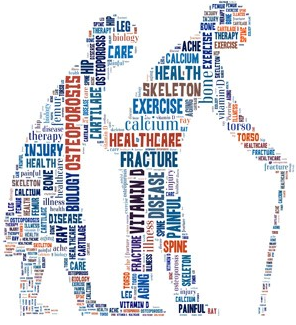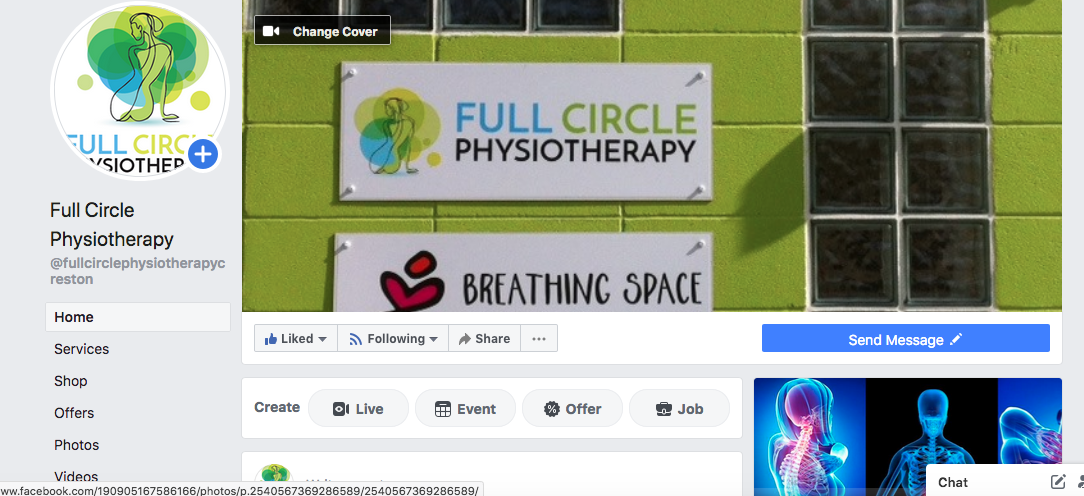 Heart disease isn’t just a man’s game anymore……as women, we have achieved equality in cardiac stats! 1 in 2 of us will have a heart event in our lifetime. It is the #1 killer of women in Canada, taking the lives of 31,000 women in Canada annually. But here’s the brilliant news! 8 out of 10 cardiac or stroke events are preventable. Your healthcare provider is here to diagnose, help and advise, but your heart health is mostly up to you. What does a heart attack in a woman look like? We all think about that classic vice-like squeezing or fullness in the centre of the chest that lasts for a few minutes and may return. That’s possible, but here’s where women consistently describe different symptoms. We often have pain in one or both arms (not just the left side), have shortness of breath (but not always with chest pain), break out into a cold sweat and experience nausea, vomiting, back or jaw pain, neck stiffness, dizziness or extreme fatigue. As with so many conditions, women are more complex and varied. Why are we different in our heart symptoms? Well, it mostly comes down to hormones. After menopause, we no longer have the generous cardio-protective flow of estrogen in our bodies and our risk of a heart event increases. A natural slowing down in our activities reduces the fitness of our heart and may add weight to our bodies, especially around the middle. Arthritis/pain make it more challenging to find just the right kind of exercise. Pelvic dysfunction (incontinence and prolapse) often make it more challenging to enjoy physical fitness classes and activities. How can we prevent 8 out of 10 heart attacks and strokes? Set a goal to become physically active for 150 minutes each week of moderate (can barely chat) to vigorous (huff and puff) activity a week. Start with bouts of 10 minute bursts at a time. Climb up and down your stairs without stopping until your body says to take a break. Walk for 30 minutes daily or add an errand-walk into your day. Include a warm up and cool down so your heart is ready for and restored from the fun! Stretch after you exercise when your muscles are warm and ready to enjoy lengthening. Wear comfy clothes and a sports bra that is supportive but not too tight. Hydrate as you perspire and enjoy a post exercise snack of fruit or nuts. Find ways to exercise that you enjoy. Repeat. Eat a healthy diet that is richly coloured with lots of greens, provides a variety of fibre (including legumes, beans, peas, nuts and seeds) and is delicious. Eliminate empty calorie snack foods (read the labels on those foil wrapped goodies) and sugary drinks. Enjoy a vegetarian meal to provide you with a delicious source of high fibre, low saturated fat option with lots of taste and nutrition. Make time to cook at home and sit down with your family to enjoy a meal together. Savor the flavour, enjoy the health promoting, nutritious food and precious time together. Reduce your stress. Make sleep a priority. Meditate or have quiet time for 10 minutes every day. Balance your activities with restoration. Take time to let go, relax, enjoy, do nothing. Just be. Learn to breathe to relax….on your in-breath, take a deep belly breath that will lower your blood pressure, calm your neurological system and bring peace of mind. Don’t overlook your emotional/mental health. Access help if you’re struggling with stress, depression, anxiety or grief. It’s about your heart, your commitment to heart health and living vibrantly through the years. Enjoy!
0 Comments
 Fall is here in our chilly mornings, the leaves beginning to turn and our valley enjoying apple, plum and pear season. But fall brings falls…..evidenced by the an icey film on our sidewalks on the shady side of the street. Sleuthing out your bone health, understanding a Bone Mineral Density (DEXA) scan and then knowing how to help you enjoy brilliant bone health through every age and stage will help you avoid those pesky fall-induced fractures of your wrists, shoulders and hips. Our bone health is based on our body's build, our weight management, our activity level and type/frequency of exercise, our diet, our general health and our age. All of us have our own unique blend of variables; as women, our one commonality is the reduction of bone-protective estrogen as we wander through menopause. Menopause is reached by a natural reduction and eventual cessation women's hormones in our bodies, through surgery (complete hysterectomy) or through taking estrogen suppressing medication (Tamoxifen or other aromatase inhibitors) or simply through the passage of time. Women are typically referred every 3 - 5 years for a DEXA scan, available to us at the EK Regional Hospital in Cranbrook. DEXA is an abbreviation of Dual Energy X-ray Absorptiometry, a targeted xray that measures the bone mineral content or density of your bones, is a reliable predictor of fracture risk. A central DEXA measures the head of the hip and the mid lumbar (low back) spine (most commonly used and most reliable test). A peripheral DEXA measures the forearm, the heel, wrist and hand bones. The modern DEXAs are very low radiation scans, about 1% of a lateral spine xray. Your height is usually measured so that any loss of height is documented in relation to the xray. "Prospective Height Loss" tells us that if you lose more than 2 cm. of height over a period of three years, you may have a new compression fracture in your spine. "Historical Height Loss" tells us that, if you're over 60 and have lost 6 cm. of height or are under 60 and have lost 4 cm. over more than three years, then again, a compression fracture must be considered. An xray tech performs the test which is painless and takes about 15 minutes; from there, a radiologist interprets the results which are then sent off to your GP to discuss with you and to guide your treatment. The DEXA test tells you 3 things about your bone mass: 1. Your bone mass in grams per centimeter squared. 2. A DEXA score comparing you to a healthy control group, often a 30 year old healthy woman, your "T score". 3. A DEXA score comparing you to your peers, your "Z score". Complications to your DEXA score can be caused by osteoarthritis in your spine (pitting or rough joint surfaces can look like bone loss), osteoarthritis in your hip (difficulty rotating your hip inward to the best testing position), compression fractures in your spine (can look like dense bone), obesity (if you're over 350 lbs., some DEXA units can't accurately guarantee that the score won't be skewed by photon passage through extra tissue), being too thin (scores are widely variable for thin women from one test to the next) and switching machines/locations (they are all calibrated very carefully). In the end, you'll meet your doctor again to discuss the score. We usually talk about the Tscore which will tell you a number, hovering just above or below 0.
|
Archives
January 2024
Categories
All
|


 RSS Feed
RSS Feed
